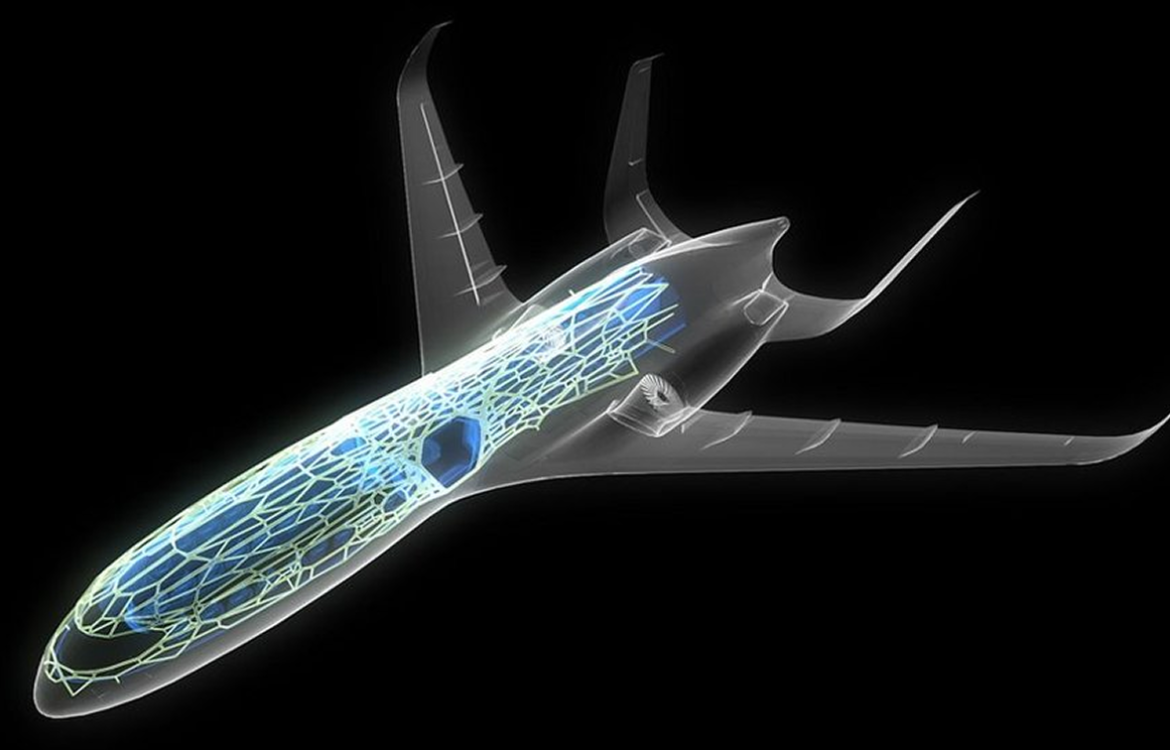Air travel has transformed dramatically since the first commercial flights of the early 20th century, but the next decade promises an even faster pace of change. Driven by environmental concerns, rapid technological innovation, and shifting passenger expectations, aviation in the UK and worldwide is entering a new era. For travellers, this means the experience of flying in 2035 could look — and feel — very different from today.
Advertising
1. Greener Flights Become the Norm
The UK government has committed to achieving net-zero carbon emissions by 2050, and the aviation sector is under pressure to adapt. Over the next 10 years, passengers can expect more flights powered by Sustainable Aviation Fuel (SAF), made from waste materials and renewable sources. Airlines like British Airways are already testing SAF blends, with the goal of significantly reducing carbon emissions.
Electric and hybrid aircraft are also on the horizon for short-haul routes. While large-scale adoption may take time, companies such as Rolls-Royce and EasyJet are investing heavily in electric propulsion, which could mean quieter, cleaner flights between cities like London and Edinburgh by the early 2030s.
2. Smarter Airports and Seamless Boarding
Airports in the UK are already moving towards greater automation, and in the next decade, biometric technology will likely become standard. Passengers could pass through security and boarding gates using facial recognition or digital passports stored on their smartphones.
Heathrow and Gatwick are trialling “walk-through” security scanners that eliminate the need to remove laptops or liquids from bags. This technology, combined with AI-driven passenger flow management, could make the airport experience faster and less stressful.
3. Personalised In-Flight Experiences
The in-flight cabin of the future will be more connected and customised. Airlines are exploring AI-driven seatback systems that adapt entertainment, food options, and even lighting to individual passenger preferences. For example, frequent flyers might find their favourite films queued and their preferred meal ordered automatically when they book a ticket.
Wi-Fi will also become faster and more reliable, enabling seamless video calls, live streaming, and even remote work from 35,000 feet. This could blur the line between business and leisure travel, giving passengers greater flexibility.
4. New Aircraft Designs for Comfort and Efficiency
Over the next decade, aircraft interiors will evolve to balance sustainability with passenger comfort. Lightweight composite materials will reduce fuel use, while new seating configurations may offer more space in premium economy and economy-plus sections.
Some manufacturers are experimenting with blended wing body designs, which could allow for wider cabins, larger windows, and even lounge-style seating areas. These futuristic shapes also promise better aerodynamics and lower operating costs.
5. Shorter Travel Times with Supersonic Flights
After decades of absence since Concorde’s retirement, supersonic travel is making a comeback. Companies like Boom Supersonic are developing aircraft capable of cutting flight times between London and New York to under four hours. While ticket prices are expected to be higher than standard business class, these flights could become a niche but influential part of the market by the early 2030s.

